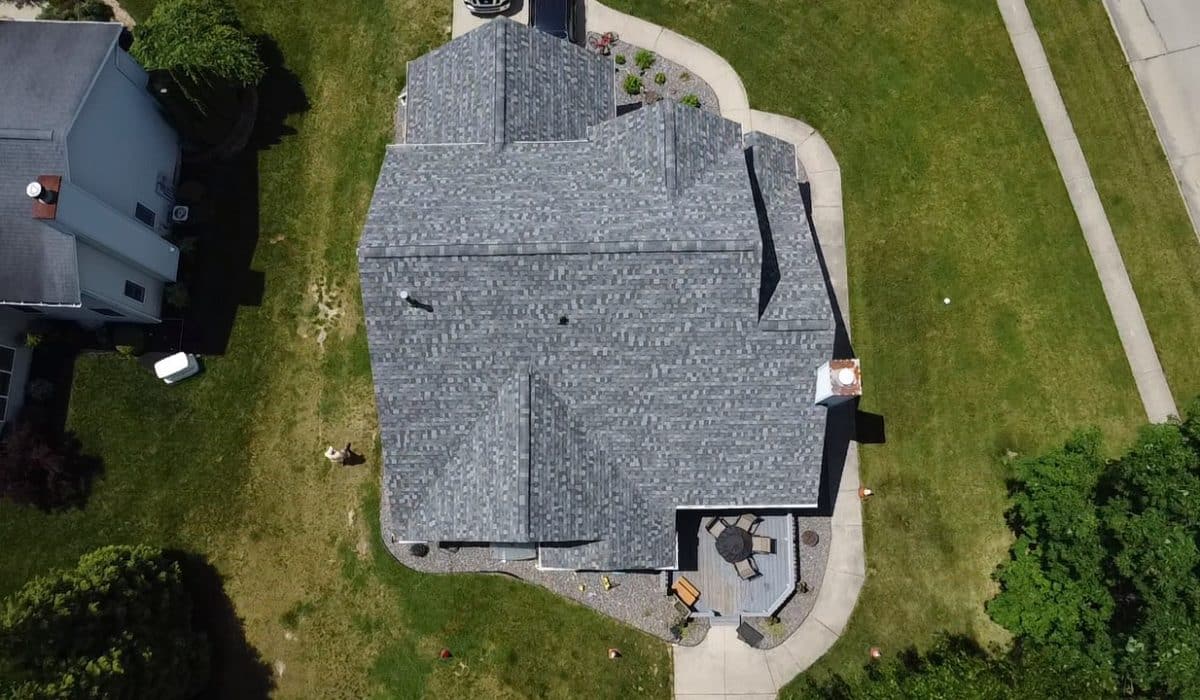- 0 Comment
Navigating the Insurance Claims Process for Roofing: A Comprehensive Guide
Dealing with roof damage can be a stressful experience for any homeowner. Whether it’s due to a severe storm, falling debris, or simply the wear and tear of time, addressing roof damage promptly is crucial to maintaining the integrity of your home. One of the first steps in this process is understanding how to navigate the insurance claims process effectively. Here’s a detailed guide to help you through it.
Step 1: Assess the Damage
The first step after discovering roof damage is to assess the extent of the problem. If it’s safe to do so, conduct a preliminary inspection yourself. Look for obvious signs such as missing shingles, dents, cracks, or leaks. It’s essential to document these findings with photos or videos as this evidence will be valuable when filing your insurance claim.
Step 2: Contact a Professional Roofing Contractor
Once you’ve assessed the damage, the next step is to contact a reputable roofing contractor for a thorough inspection. Companies like Phoenix Roofing and Solar offer free roof inspections, making it easy to get a professional assessment without any upfront costs. A professional roofer can provide a detailed report on the damage, including the scope and estimated cost of repairs or replacement. This report will be a critical piece of evidence for your insurance claim.
Step 3: Review Your Insurance Policy
Before filing a claim, review your homeowner’s insurance policy to understand what is covered. Policies can vary significantly, and it’s important to know the specifics of your coverage, including any deductibles, exclusions, and limitations. Look for sections that address roof damage, storm damage, and wind or hail damage. Understanding your policy will help you set realistic expectations for the claims process.
Step 4: File the Insurance Claim
With your damage assessment and policy details in hand, it’s time to file your insurance claim. Contact your insurance company as soon as possible to report the damage. Many insurers have specific time frames within which you must file a claim after discovering the damage. Provide them with all the necessary documentation, including the photos or videos you took, the professional inspection report, and any other relevant information.
Step 5: Meet with the Insurance Adjuster
After filing your claim, your insurance company will assign an adjuster to assess the damage. The adjuster’s role is to evaluate the extent of the damage and determine the payout amount. It’s crucial to have your roofing contractor present during the adjuster’s visit. An experienced roofer can advocate on your behalf, ensuring that the adjuster accurately assesses the damage and includes all necessary repairs in their report.
Step 6: Review the Adjuster’s Report
Once the adjuster has completed their inspection, they will provide a report outlining their findings and the estimated cost of repairs. Review this report carefully. If you disagree with any of the findings or believe that certain damages were overlooked, don’t hesitate to discuss your concerns with the adjuster. Your roofing contractor can also provide additional support in disputing any discrepancies.
Step 7: Get Repair Estimates
Even if the insurance adjuster provides an estimate, it’s wise to obtain additional repair estimates from other reputable roofing contractors. This will give you a better understanding of the actual costs involved and ensure that the adjuster’s estimate is fair and accurate. If the estimates from other contractors are significantly higher, you can use this information to negotiate a higher payout from your insurance company.
Step 8: Begin Repairs
Once you have agreed on the payout amount with your insurance company, you can proceed with the repairs. Choose a reliable and experienced roofing contractor to carry out the work. Companies like Phoenix Roofing and Solar not only provide expert repairs but also offer a lifetime warranty on materials and labor, giving you peace of mind that your roof is in good hands.
Step 9: Finalize the Claim
After the repairs are completed, keep all receipts and documentation related to the work. Submit these to your insurance company to finalize your claim. If the repair costs exceed the initial payout, you may be eligible for additional reimbursement, so it’s important to keep detailed records of all expenses.
Conclusion
Navigating the insurance claims process for roofing can be complex, but with the right approach and professional support, you can ensure a smooth and successful outcome. Start by assessing the damage, involve a professional roofing contractor, and understand your insurance policy. By following these steps, you can effectively manage your claim and restore your roof to its optimal condition. At Phoenix Roofing and Solar, we’re here to help you every step of the way, providing expert guidance and top-quality service to protect your home.

